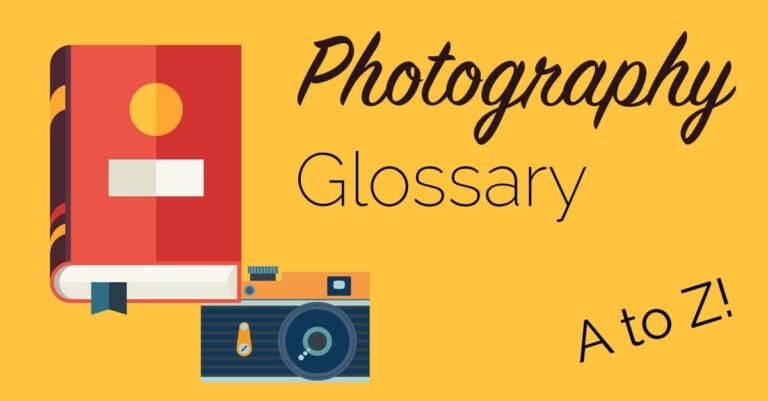Cable Release
What Is A Cable Release? A cable release is a shutter button on a hand unit that can be attached to a camera by a short cable. Some manufacturers have a dedicated cable release port on the side of the camera, and some use the USB port to offer the shutter control. Make sure you refer to your camera manual to find out what kind of cable release works with your camera as each manufacturers often has several models that vary depending on the size of the camera. Why Use a Cable Release? There’s several situations where a cable release can …


